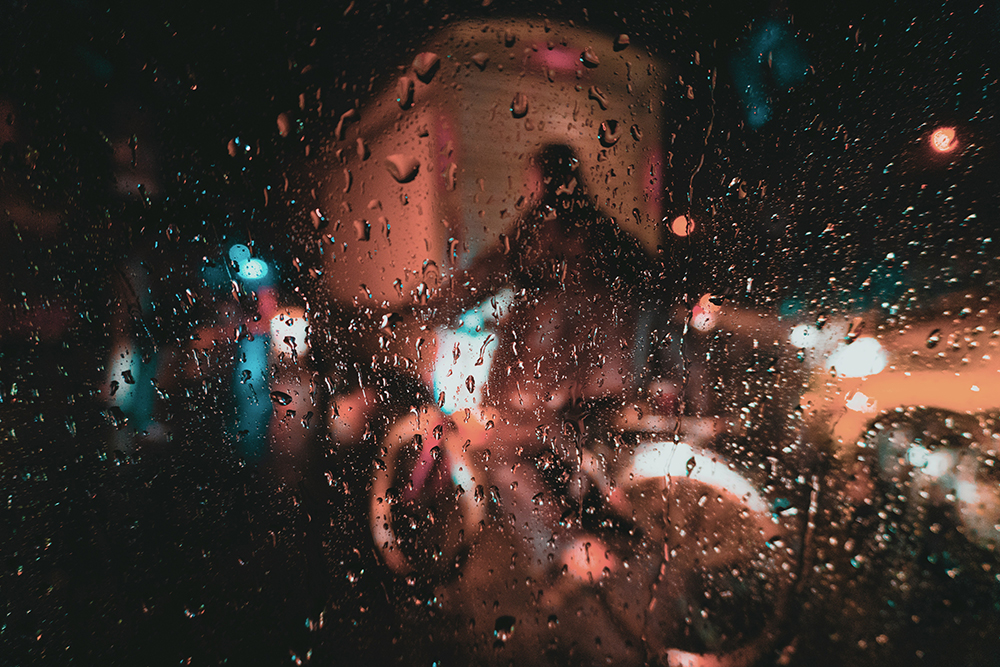
(Unsplash/Bhawin Jagad)
Revelling in the abundance of nature after the sweltering heat of summer — the fire element i.e., the Summer Solstice on June 21, the longest day and shortest night — Goans travel into the bold adventures of the rainy season by celebrating the feast of St. John the Baptist or San Joao on June 24 every year. Though this feast is observed throughout the Catholic world, exactly three months after the Annunciation and six months before Jesus' birth on Dec. 25, Goa in India is the only place where jumping into wells and water bodies is observed.
According to Christian tradition, this jumping into water commemorates the "leap of joy," which St. John is said to have taken in the womb of his mother, St. Elizabeth, when the Virgin Mary visited her. Ecologically, it symbolizes entering the womb of Mother Earth, rediscovering the Sacred Fire within us and experiencing the joy of extravagance in nature and the cosmos freely giving us all that they have — fruits, flowers, shade, heat, water, air, medicines, beauty and more. We depend entirely on nature and it never holds back anything from us.
According to a tradition in Europe, bonfires are lit on the eve of this feast, and jumping over the bonfire three times is believed to cleanse, purify and burn away one's problems. Spiritually, it signifies a time of deep conversion and birthing of the sacred fire from within us, both ecologically and socially. Once a year on this day, we thank Mother Earth for her abundant blessings and the summer harvest, and while becoming conscious that emulating her generosity means sharing our goods, talents and energies for the common good of all, especially those on the margins of society, "He must increase but I must decrease," said John the Baptist.
Advertisement
This day traditionally marks the beginning of the monsoon season. Legend has it that the Spanish explorer Francisco Vasquez de Coronado prayed for rain on June 24, 1540, and rain followed right after his prayers. Just as John the Baptist ritually cleansed the faithful of their sins in the Jordan River, the belief continues today.
Dressed in floral and multicolored clothes to represent the various colors, joy and freshness of nature, celebrants shake a leg and dance, sing, drink, make merry and shout "Viva" or "Cheers to Mother Earth," jumping into water to ensure a complete celebration. This act symbolizes washing away all past hurts, forgiving those who have hurt us, turning over a new leaf, loving and bonding with all God's creatures both human and non-human and a regeneration of the Earth.
This spiritual cleansing of rebirth and renewed life is celebrated with remembrance to rest, relax and create pockets of spaciousness for freedom of play and simply enjoy life as nature does. In this "Ecozoic Era," we know that we are made of stardust and we need to celebrate this great sacredness within each of us.
The delicacies of San Joao are patoleos, made with turmeric and jackfruit leaves, enjoyed in coconut shells and sent together with seasonal fruits as vojem to the daughter's house for the first San Joao feast after her marriage. This vojem is shared and enjoyed by all the villagers, and the bride then becomes a full member of the vado or village. The Hindus have a similar custom of making the newlywed bride feel at home and accepted in her husband's village, on the first Makar Sankranti festival (Jan. 14) after her marriage, when she dresses in a black polka-dotted saree and is honored.
Typical Goan food like kalci kodi (previous day's curry), aad maas (meat with plenty of bones), sorpotel, and stuffed spiced mackerels, are made and enjoyed with plenty of urrak, feni and fun; strengthening family and community ties, building bridges and an air of camaraderie, displaying their innate talents, in dance, music, culinary skills and creativity. Thus, the whole community becomes vibrant with joy, staying rooted in beliefs and traditions, highlighting the spirit of togetherness, ready to begin life anew in love and harmony.







